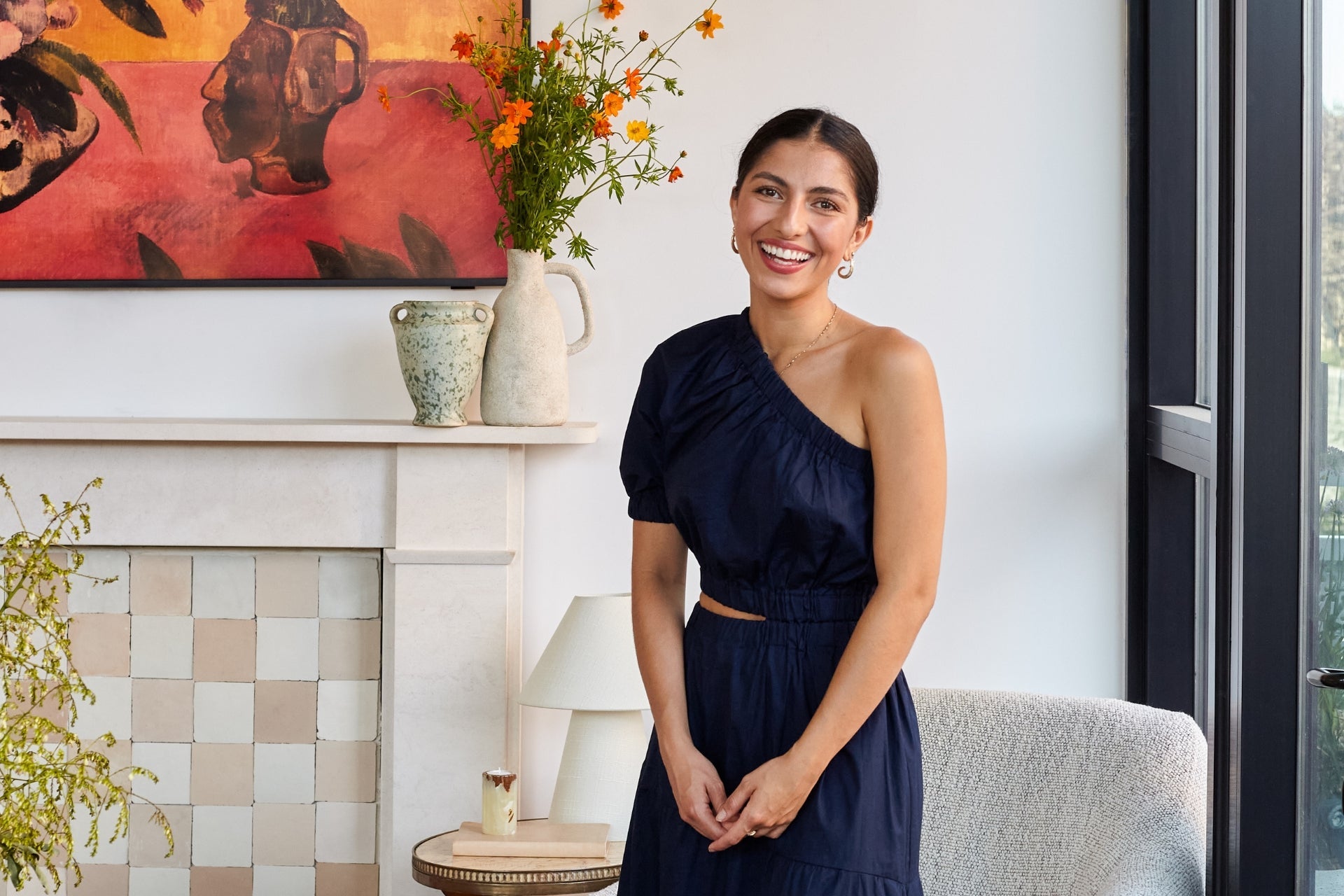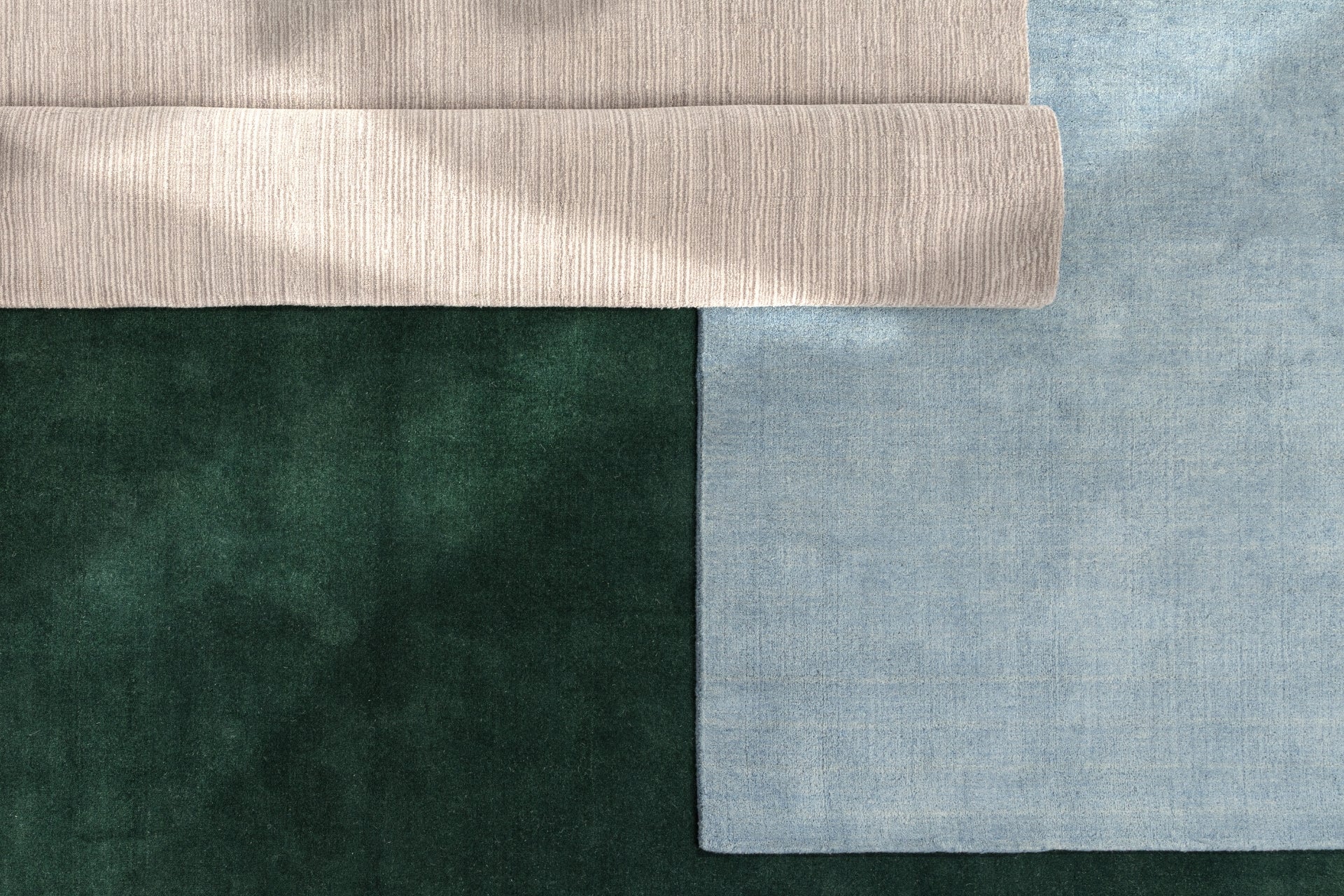
Designer Stories: Laura Ramirez of CASALAU Design
In our new series, Designer Stories, we’re seeking to celebrate the exceptional people that are shaping the design community in NYC and beyond. These are the creatives who connect deeply with craftmanship and tell rich, personal stories through design.
We recently had the opportunity to connect with Laura Ramirez—founder of CASALAU DESIGN and a rising force in New York’s interiors community. Laura’s perspective is rooted in craftsmanship, storytelling, and a profound understanding of her clients. With a background in fashion and a lifelong connection to artisanship, Laura brings a thoughtful, layered approach to each space she touches.
In our conversation below, we go deeper into Laura’s process, passions, and the pieces that inspire her most.
How would you describe your design point of view?
My approach is deeply client centered. The design always starts with getting to know the person or family—what brings them joy, what matters most to them. That foundation shapes everything. Each project feels fresh because it’s authentically crafted for someone specific.
Aesthetically, I lean toward a balanced mix: contemporary materials layered with vintage finds, antiques, and handmade elements. I always want there to be a richness—whether that’s in the textures, the palette, or the materials. And I believe in investing in the things that matter most, while finding clever ways to stretch the rest.

How does New York influence your design perspective?
New Yorkers don’t always realize how good we have it. I spent over a decade working in fashion here, racing through neighborhoods—and yet, I never stopped to look up. Now, I make the effort to. There’s this stunning, layered architecture and a unique design language in every corner of the city.
I take photos constantly—especially of doors and tilework. I’m obsessed with pattern and shape, and how those small details hold such power. There’s always something to discover here, and that curiosity makes its way into my work, whether consciously or not.
What originally sparked your love for design, and how has your perspective evolved?
It’s a blend of personal experience and professional exposure. I come from a fashion background, but my love for interiors is deeply rooted in the comfort and care my mom poured into our home growing up. She immigrated from Colombia and created a space filled with love—something beautiful, even if it wasn’t picture-perfect on paper.
Fashion introduced me to artisans and craft, and over time, I realized I was rearranging my home more than my wardrobe. I became obsessed with the hands behind the objects—whether that was a woven bag from Colombia or a hand-thrown bowl from Portugal. That curiosity evolved into designing spaces where every element is chosen with care and purpose. I want the spaces I design to feel peaceful and personal—to work for the people living in them.

How do you approach blending tradition and modernity in your work?
It often comes down to the material palette and the weight of individual pieces. For things like furniture profiles, lighting, or rugs, I may lean more modern. But I always weave in storytelling—especially through traditional or vintage accents.
I had one client who’s planning a wedding abroad, and their most meaningful memories come from travel. We layered in textiles from Mexico, ceramics from Portugal, a watercolor painting of an Italian city in the entryway. Those touches aren't just decorative—they're deeply personal. They hold memory and emotion, and that’s what gives a space life.
What role does craftsmanship play in your process?
It’s everything. As a younger designer, I feel a deep responsibility to honor and learn from artisans. I’m constantly inspired by the makers I collaborate with—their processes, their philosophies, the soul they put into their work.
There’s so much innovation happening at the intersection of traditional craft and technology. I love exploring how those worlds can co-exist. For me, craftsmanship grounds the work. It keeps it honest and human.

Who are the artisans you are inspired by right now?
I have always been a lover of Mexican and South American artisan work, recently I've been reintroduced to the 'Pastillaje' technique found in Michoacán, Mexico, a town fueled by pottery artisans, who take the clay and pinch each piece between their fingertips to create different types of ornaments and attach to vessels and unique objects, like candelabras. Anything that has this level of human touch to it, instantly becomes valuable in my eyes, because it's the imperfections, the no-two-are-the-same, that contributes to the story of craft that we aim to infuse in our designs.
Where do you like to source vintage and artisan pieces?
I’m a regular at Grand Bazaar on Sundays and Chelsea Flea. Mother of Junk in Brooklyn is a hidden gem, and I’m also addicted to Live Auctioneers—such a treasure trove for mid-century and Danish design. I’m constantly perusing through estate sales and local antique shops, whether I’m in the city or traveling, and there’s also incredibly coveted vintage pieces at Nickey Kehoe and Lanoba Design in Jersey City.
Which trends or design ideas are exciting you right now—and which are you ready to leave behind?
I’m really into wood paneling and mid-century inspirations, especially those moody, offset fireplaces. Frank Lloyd Wright has been a big reference point lately.
In terms of palette, I’m thrilled to see the shift away from “sad beige” and millennial gray. Clients craving richness—burgundy, chocolate brown, ochre, sage. These colors still feel neutral but offer so much more depth and soul.
What I’m ready to leave behind? The overly obvious DIY—like a stick-on subway tile that’s pretending to be real. If you can tell it’s not authentic, it probably shouldn’t be there. I also want to move past mass-produced art and knockoffs. There’s so much incredible work out there if you’re willing to dig a little.
When selecting a rug for a space, what’s your process?
First, it must be high quality—something that will last. Once I know that, I think about palette and scale. A rug should anchor the room, not disappear or feel too small.
Sometimes I go for something neutral and monochromatic with texture or a subtle border. Other times, especially in spaces that can handle it, I’ll bring in color and pattern. I also think about the sixth wall—the floor—and how it contributes to the room’s overall mood.
Texture and comfort are also huge. For one client who’s incredibly tactile, we chose a rug that was not only beautiful but incredibly soft underfoot. Durability is another major consideration, especially for families with kids or pets. I want my clients to love their rug for years to come.
Which NuStory rugs speak to your style or sensibilities?
It’s hard to choose, but I'd say the Albers, Sana, and Sloane. They are all very neutral, but offer unique details and pops of color. I also love both colorways of the Speakeasy Rug from the Brownstone Boys collection. It’s such a great take on a neutral rug.

About Designer Stories
Designer Stories is an ongoing editorial series by NuStory that spotlights the creative leaders in the home industry. Through candid conversations and behind-the-scenes insights, we celebrate designers whose work is defined by creativity, craft, and character.
By amplifying these voices, NuStory aims to sustain and support the vibrant NYC design community—offering a platform for connection, inspiration, and shared growth. These stories not only honor the individuals behind the work, but also deepen our commitment to a more thoughtful, collaborative, and craft-driven design culture.



